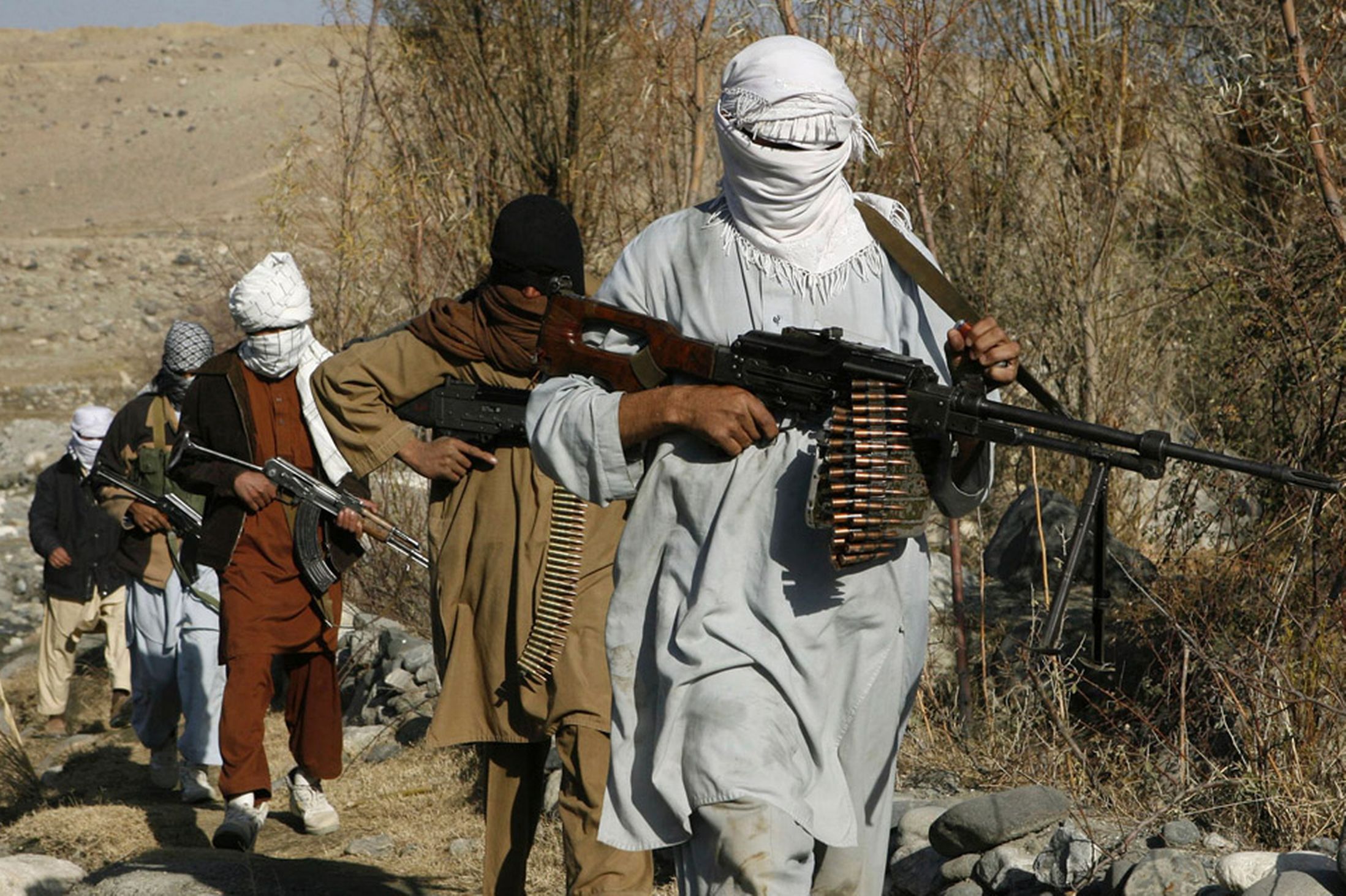In Khawaja Ghar, a village in Deh Sabz district on the dusty outskirts of Kabul, there is little noticeable government presence, and Afghan soldiers and police are a rare sight.
In fact, you are almost as likely to come across a Taliban fighter, residents of Khawaja Ghar and surrounding settlements say, as militants waging an increasingly bold insurgency to overthrow the government roam with impunity on its doorstep.
The presence of the hardline group so close to the capital is not new. For years it has used areas of Deh Sabz to fire inaccurate, and usually ineffective rockets at Kabul and its airport to try to disrupt daily life.
But the brief capitulation of the northern city of Kunduz last month, the first provincial capital to fall to the insurgents in 14 years, has highlighted the vulnerability of major urban centers to Taliban attacks.
“The Taliban are from this place, and they have support among people here,” resident Mohammad Rasoul told Reuters during a recent visit to the area about five miles northeast of Kabul.
“They come and knock on our door and introduce themselves as the Taliban and ask for food and water; we give it to them,” added the farmer, who is in his 40s. “They haven’t harassed anyone and we have no problem with them.”
Local officials play down the significance of the Taliban so close to the capital, and security experts say they do not have the capability to capture Kabul, given its size and the presence of large numbers of local and foreign troops.
Kunduz, 230 km (140 miles) north of the capital, has a population of around 300,000, one tenth that of Kabul.
“The Taliban do not physically exist in Deh Sabz, but sometimes bring rockets from other areas and use the district as a launch pad,” said district chief Mohammad Gul Sharafat. “Their activities do not threaten the district or Kabul city.”
However, Sharafat warned against traveling to villages like Khawaja Ghar, its mud homes set at the foot of rugged mountains that surround the capital.
“PANIC IN THE CITY”
One senior Afghan security official, who declined to be named because of the sensitivity of the intelligence, said there had been indications the Taliban were considering an operation against Kabul using Deh Sabz and other nearby areas.
“Their plan was obviously not to take over Kabul, because they can’t,” said the official.
“It was more a show of force and a demonstration of their reach … The plan was to start from the Deh Sabz, Sorubi and Mosahi districts and engage Afghan forces for hours and start panic in the capital.”
Something similar, on a much smaller scale, occurred earlier this month in Ghazni, southwest of Kabul, when a Taliban attack several miles away caused alarm and residents, familiar with the rapid fall of Kunduz days before, began to flee the city.
Ted Callahan, a security adviser in Afghanistan, said evidence of Taliban activity so close to Kabul was worrying.
“Obviously, you have practical concerns, as far as how close they can get, how accurate their fire will be, the rate of fire they can lay down on the city,” he said.
“But then, you have the potential for panic to take root. And that has almost become a self-fulfilling prophecy in a lot of cities in the north, where people just assume it is going to be overrun, they panic, they leave.”
LAND DISPUTES AND LAWLESSNESS
Despite its proximity to the relatively liberal capital, Deh Sabz, with a population of 120,000, is a conservative area.
It is also one where local land disputes play out, some of them linked to an as yet unrealized development scheme to build thousands of new homes and offices near Kabul.
Resulting rivalries have fed into a sense of lawlessness, which the Taliban, who rose to power in the mid-1990s amid chaotic civil conflict, have been able to exploit before.
Qais Hassan, a member of parliament from the Bagrami district in the southeast of Kabul, said he had complained to police about the presence of insurgents in Deh Sabz.
Interior Ministry spokesman Sediq Sediqqi said intelligence reports indicated there were no Taliban in the district.
“The Interior Ministry strongly denies the existence of Taliban in Deh Sabz district. We have plenty of security measures for Kabul, and the establishment of a garrison force was one of the steps we took to ensure the safety of the city.”
Locals, who urge strangers not to stay in the area after dark, see it differently.
“Sometimes I can see the dust kicking into the air as rockets are fired towards Kabul. Who fires them and at what, I don’t know,” said Khawaja Ghar resident Sayed Ahmad.
A teenage boy standing nearby interjected: “They are the Taliban, the Taliban”. He was quickly told to shut up. Reuters






 WhatsApp us
WhatsApp us 

